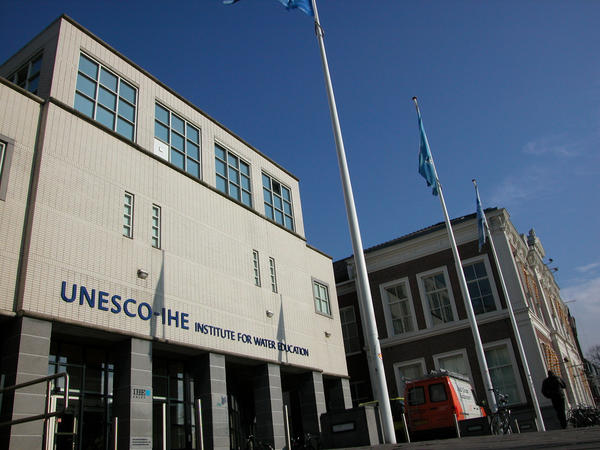“In Central Europe, it’s a big problem that you can’t predict when floods are coming,” says Dr. Markus Hrachowitz, assistant professor of hydrology at TU Delft. Better modeling and understanding the nuances of water flow, water sources, and geography take up most of Hrachowitz’s days.
While predicting a flood may require more research in the future, understanding the consequences of water mixing dynamics is a reality. Most recently, Hrachowitz and colleagues from the Unesco-IHE Institute for Water Education and the University of Aberdeen used existing hydrological conceptual models with sophisticated water-mixing measurements as input in order to improve the models’ predictive capabilities.
The new measurements better matched physically observed phenomena than previous. Because of the more accurate inputs, the models predicted that contamination in streams persists over the long-term, due to mixing dynamics. Their findings were published in Hydrology and Earth System Sciences this year.
Sixty years ago, simple climate models used soil information and topography as inputs. These models showed simple responses, which puzzled physicists. “So, some people coming from the physically-based side created models based on small-scale assumptions that work on big catchments and rivers.”
The problem with any of these models is that measuring climate rainfall is difficult. “You’ve taken a walk, and while it was raining here, 100 meters away, it was not raining. You don’t know exactly, so you assume,” Hrachowitz says. When calibrating a model, or defining the number of parameters, one must make assumptions, which introduces uncertainty.
One method of simplification in the models that Hrachowitz studied in his recent paper assumes that complete mixing works well for groundwater catching. Complete mixing is a condition where water flows freely. However, water mixes in an inhomogeneous fashion at different depths. Chloride markers, or flow tracers, can measure the non-uniform mixing. “With the markers, it was possible to model better,” Hrachowitz says.
The overall finding of the study was that contamination levels stay longer in streams than previously thought. Hydrologists had understood this phenomenon for years, but the surface water community had never embraced it until now.
Hrachowitz, who has been teaching at TU Delft for a little more than three years, laughs when asked how he ended up in Delft from his native Austria. “It’s a long story,” he says, citing previous addresses in England and the United States. Currently, he teaches the master’s level course, hydrological modeling.



Comments are closed.